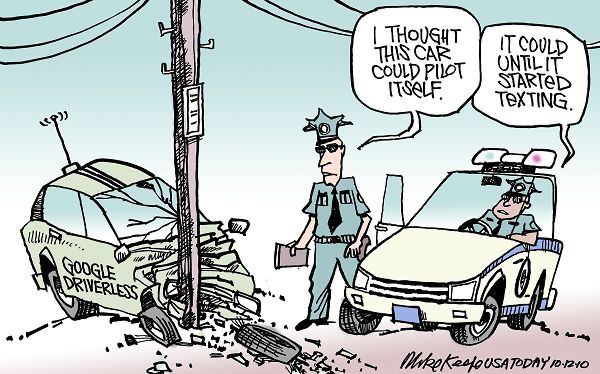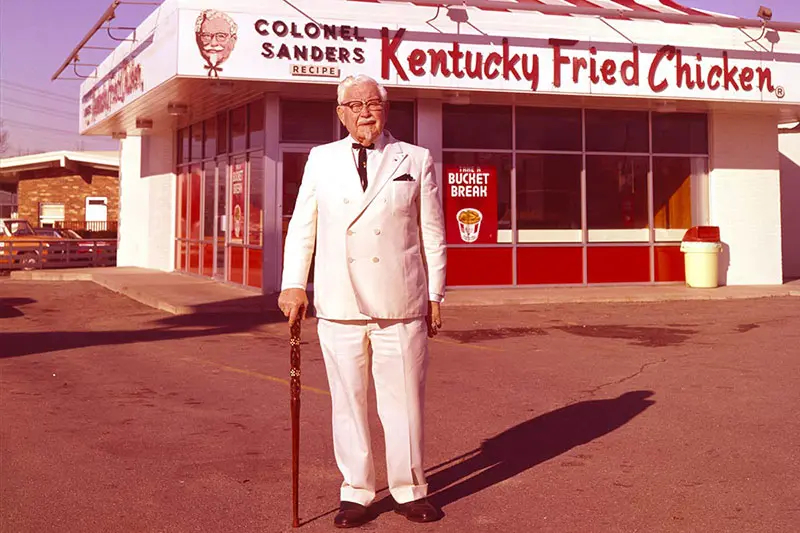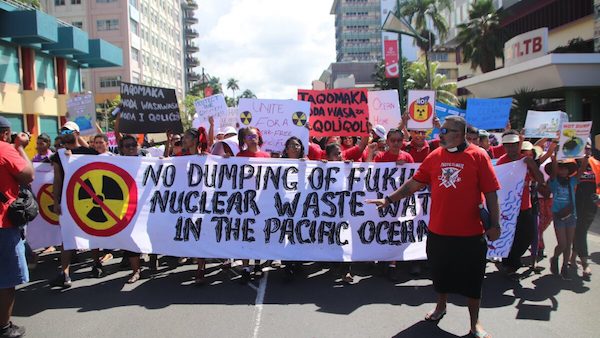
(quote)
The Dating Game: How Confusing Food Date Labels Lead to Food Waste in America
Here’s a superbly-kept secret: All those dates on food products—sell by, use by, best before—almost none of those dates indicate the safety of food, and generally speaking, they’re not regulated in the way many people believe. The current system of expiration dates misleads consumers to believe they must discard food in order to protect their own safety. In fact, the dates are only suggestions by the manufacturer for when the food is at its peak quality, not when it is unsafe to eat.
U.S. consumers and businesses needlessly trash billions of pounds of food every year as a result of America’s dizzying array of food expiration date labeling practices, which need to be standardized and clarified. Forty percent of the food we produce in this country never gets eaten. That’s nearly half our food, wasted—not just on our plates, but in our refrigerators and pantries, in our grocery stores and on our farms. Much of it perfectly good, edible food—worth $165 billion annually—gets tossed in the trash instead feeding someone who’s hungry. Misinterpretation of date labels is one of the key factors contributing to this waste.
You’re probably throwing out perfectly good food because ‘sell by’ and ‘best before’ dates mean nothing.
Nearly 60 types of date labels appear on food and drinks in US grocery stores, but few convey useful information about quality or safety. The mixed messages have confused Americans for decades and are estimated to be responsible for about 7% of the 78 million tons of food wasted across the country, according to ReFed, a national nonprofit. Before tossing that almond milk labeled “best before” March 2024, try the smell test. There’s a good chance it’s safe to drink and blend into smoothies.
How confusing labels contribute to our food waste problem
A bill that would establish federal standards for the labels, first introduced in 2016, has gone nowhere in Congress. Meanwhile, 43 states have their own rules, but they vary widely. Most limit labeling requirements to certain items, such as milk or shellfish. Some states prohibit the sale of past-date foods, and about half restrict donations of them. And the seven states without any laws leave it up to manufacturers.
The result: confusion for retailers and consumers, who throw out tons of food that is perfectly safe to eat.
Manufacturers largely include the labels to let retailers know when they should pull the product from their shelves, said Katy Franklin, operations manager at ReFED, a Berkeley, California-based nonprofit that focuses on reducing food waste. “You might think this product isn’t safe after the date, but what it really means is that this food is not at peak quality after this date,” Franklin said.
More than a third of the food in the United States goes to waste — about 400 pounds a year per American. Food is the largest category of waste in landfills, where it generates methane that contributes to global warming. Discarding past-date food is a huge cost for retailers. Meanwhile, millions of Americans are going hungry.
In a study published in February, researchers at the Johns Hopkins Bloomberg School of Public Health found that 84 percent of those surveyed discarded food on or near the package date “at least occasionally,” and 37 percent reported they “always” or “usually” discard food near that date, regardless of the words surrounding the date. “More than half of participants incorrectly thought that date labeling was federally regulated or reported being unsure,” the study said.
(unquote)
Image courtesy farmers-and-innovations.org






